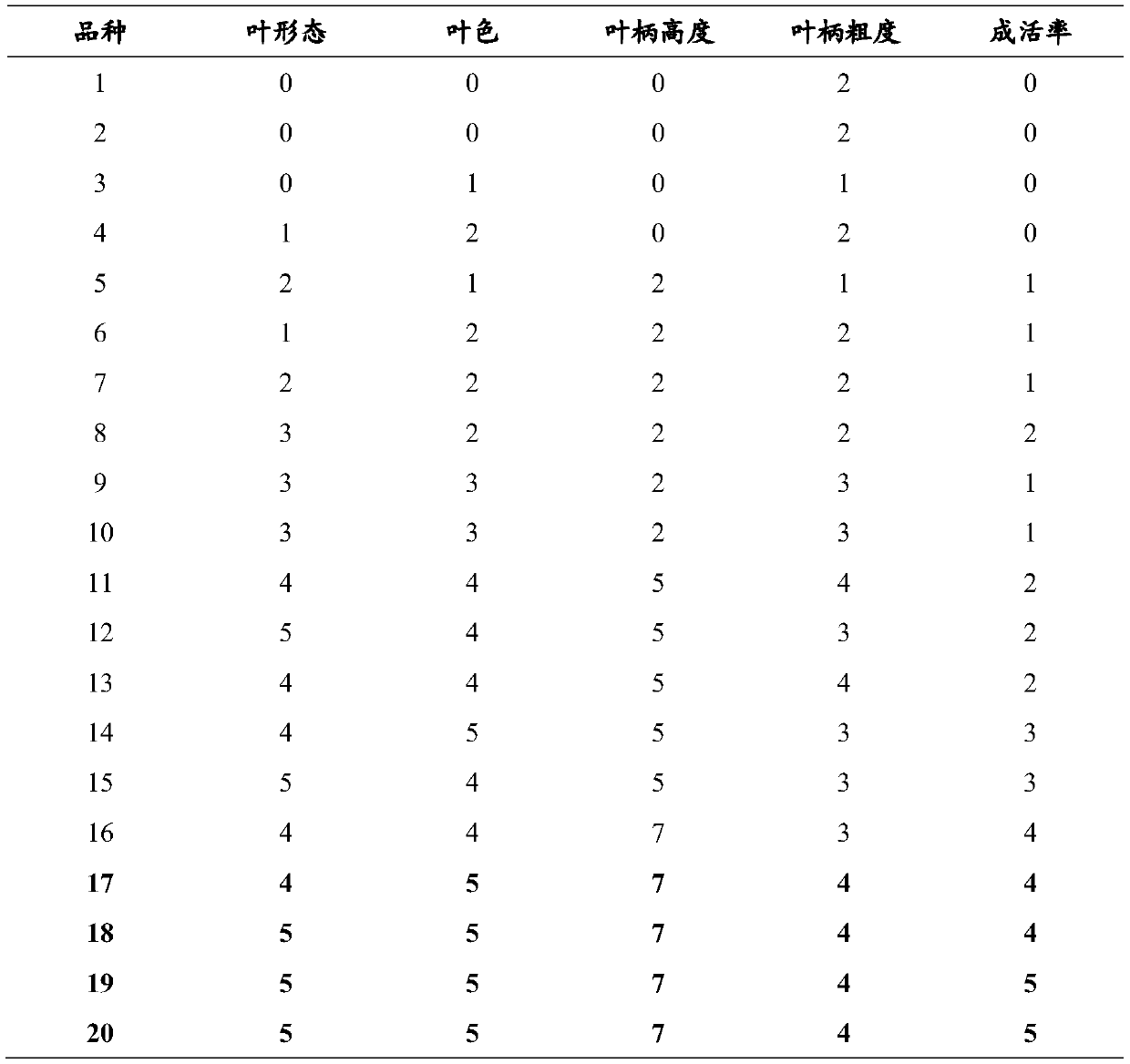Method for selective breeding of deepwater nelumbo nucifera and method for use of deepwater nelumbo nucifera in ecological restoration
A technology of lotus and deep water, applied in horticultural methods, chemical instruments and methods, botany equipment and methods, etc., can solve the problems of inability to carry out photosynthesis, restrict the application of lotus, and lose breathing function, so as to increase the utilization rate of deep water and benefit Effect of deep water purification and income increase
- Summary
- Abstract
- Description
- Claims
- Application Information
AI Technical Summary
Problems solved by technology
Method used
Image
Examples
Embodiment 1
[0029] A kind of deep-water lotus breeding method of the present embodiment comprises steps as follows:
[0030] 1) Site selection: choose a place with strong light, good ventilation, sufficient water source, no buildings or trees to shade, and good water quality to build a pond as the experimental site. It is flat and can be built with concrete after using stone as a primer. In addition, each zone has an independent inlet and outlet to control the water level.
[0031] 2) Matrix preparation: prepare the matrix for lotus planting, which includes the following components in parts by weight: 80-100 parts of decomposed pond mud, 40-50 parts of garden soil, 10-50 parts of rapeseed cake 15 parts, 0-5 parts of bean cake fertilizer. After mixing the components evenly, they are divided into large pots with a diameter of 67 cm and a height of 50 cm, which are used as substrates for planting lotus flowers. The lotus vat can be made of ceramic vat produced in Yixing. The new vat shoul...
Embodiment 2
[0047] In this embodiment, the deep-water lotus bred by the method in Embodiment 1 is planted in ponds or lakes with a water depth of 2.5-3.0 to improve water quality and restore the ecological environment.
[0048] The variety numbered 20 selected and bred in Example 1 was bred and planted in a river pond with a water depth of 1.2-3.4m. After one year, the survival rate of the lotus was 80%, which had a good effect on improving the environment and restoring the ecology. The role of the environment, to achieve economic and environmental benefits.
PUM
 Login to View More
Login to View More Abstract
Description
Claims
Application Information
 Login to View More
Login to View More - R&D
- Intellectual Property
- Life Sciences
- Materials
- Tech Scout
- Unparalleled Data Quality
- Higher Quality Content
- 60% Fewer Hallucinations
Browse by: Latest US Patents, China's latest patents, Technical Efficacy Thesaurus, Application Domain, Technology Topic, Popular Technical Reports.
© 2025 PatSnap. All rights reserved.Legal|Privacy policy|Modern Slavery Act Transparency Statement|Sitemap|About US| Contact US: help@patsnap.com

